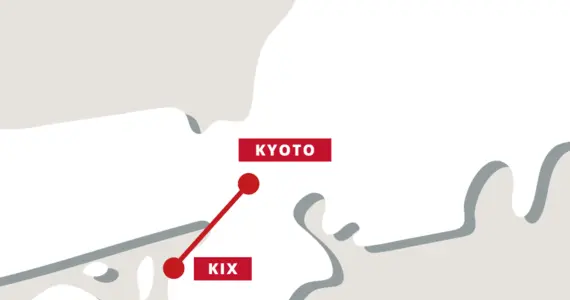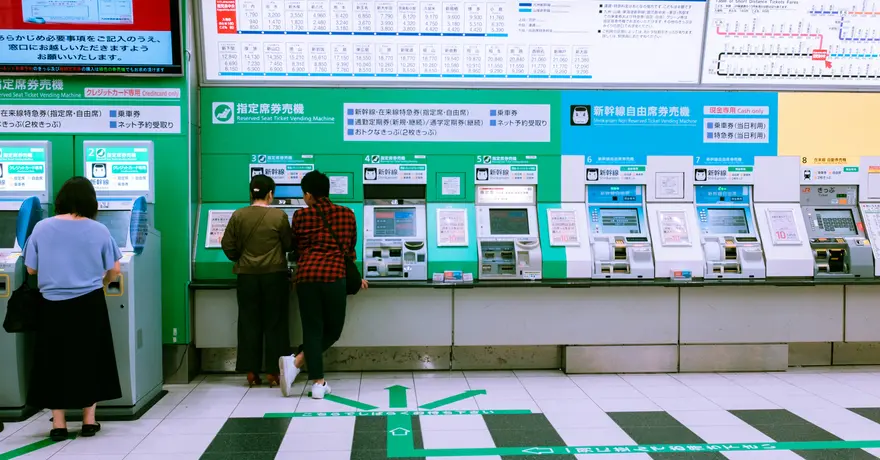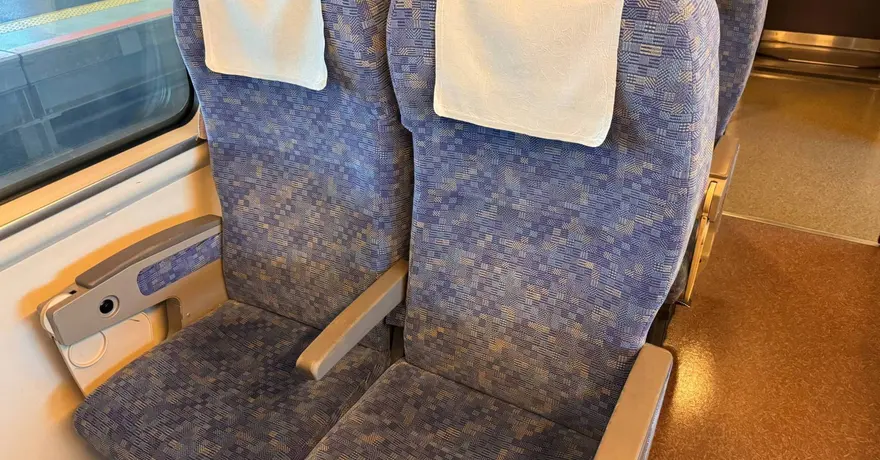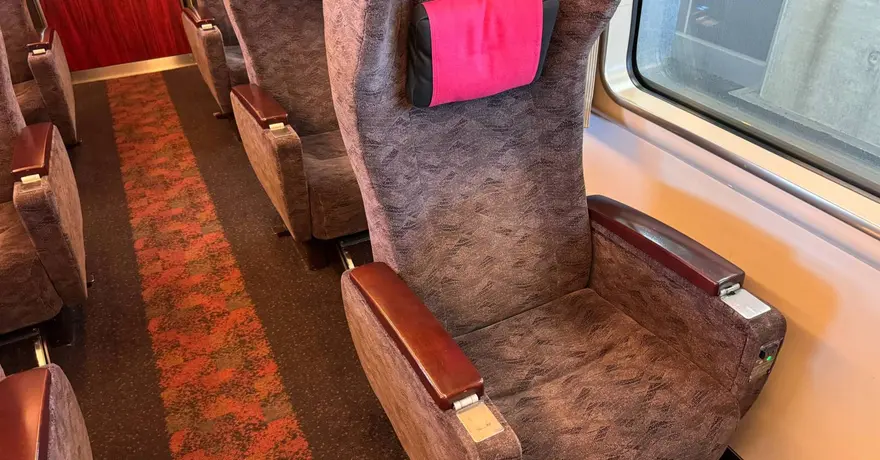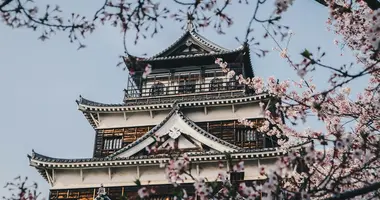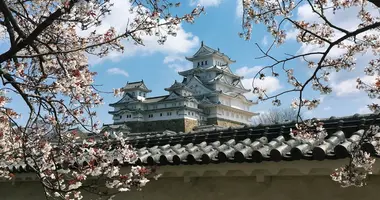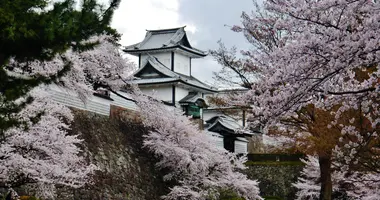Airport Transfer (Haruka Express) from Kansai International Airport (KIX) to Kyoto
Official train tickets seller
Choose your preferred seat
7/7 Assistance
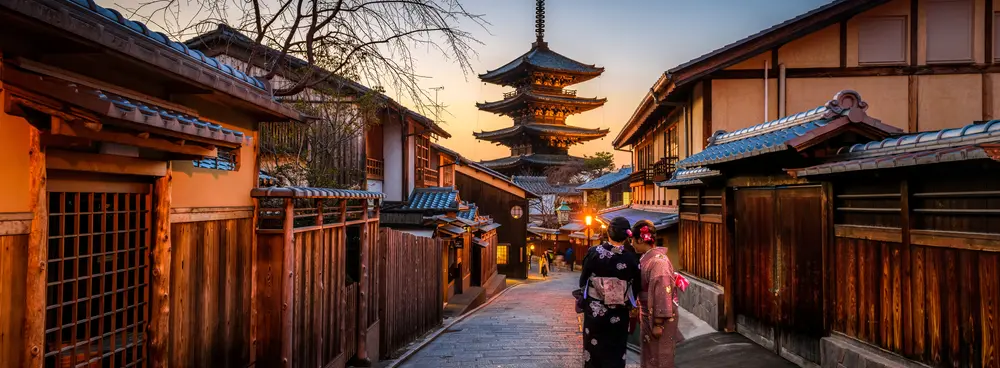
Travel conditions
Buy your train tickets in Japan in 3 easy steps
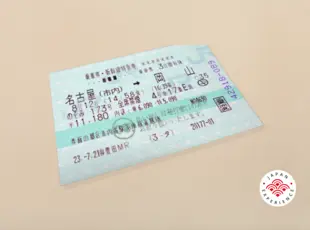
Trains in Japan: what does it look like?
What our customers say about us
Your opinion matters to us.
Travel advice from our Japan train expert
Traveling by Train in Japan
Japan boasts a highly developed rail system, making it an extremely practical mode of transportation for both local and long-distance travel. Consequently, both residents and tourists frequently find themselves utilizing trains, whether they are using local lines or the renowned Shinkansen bullet trains. For those embarking on their inaugural journey to Japan, the significance of train travel during their visit is likely to be a consideration. Although train travel is a common aspect of life in Japan, there are several factors that may necessitate some prior understanding or preparation before first-time travelers board a train. This is true even for individuals hailing from countries with a well-established train travel culture.
What Makes Trains So Popular in Japan?
Japan's rail transportation network is regarded as one of the finest globally. The experience of taking a train in Japan can be encapsulated in three adjectives: efficient, fast, and clean. Until one has experienced it firsthand, it is difficult to comprehend just how simple and remarkably convenient train travel is in Japan. Despite the fact that millions of passengers utilize Japan's rail system daily, trains remain impeccably clean, punctual, and operational. For many, this description may seem like a dream compared to the train networks in their own countries.
There are numerous factors contributing to this remarkable railway system, but it can essentially be attributed to Japan's dependence on imported fossil fuels, which led the nation to make significant investments in its transportation network via trains. Since the late 19th century, Japanese train companies have been constructing lines to transport people and goods from point A to point B in an efficient manner, and as a result of this historical network, cities began to develop around train stations. While much of Western urban development has centered on car-oriented infrastructure, Japan has primarily expanded its urban areas around train stations. In most Japanese cities, train stations serve as the economic and demographic hubs of the city.
Through appropriate investment in its train system, Japan has successfully established one of the most dependable, rapid, and secure rail networks globally!
Train information
Since it is the primary route for most Kansai residents to get to and from the airport, the Haruka Limited Express Train on the Kansai Airport Line is crucial not only for tourists but also for locals. Starting from Kansai International Airport's Terminal 1, the train travels all the way to Kyoto, making stops at various stations in Osaka Prefecture and the Osaka City metropolitan area.
Shin-Osaka Station, Osaka Station, and Tennoj Station are some of these stops. The surroundings of Tennoji Station are vintage, with landmarks dating considerably further back in Japanese history. Osaka Station and Shin-Osaka Station, located on opposite ends of the Osaka Loop Line and just a single stop apart, are situated in the city's business district, surrounded by massive buildings and retail centers.
Depending on the stop, the ride to central Osaka takes about 45 minutes, but the entire trip from KIX to Kyoto takes about 1 hour and 15 minutes. Ride the Haruka Limited Express to specific stations and make connections to other Kansai destinations, like Himeji and Nara. Local lines from Kyoto Station go to other noteworthy places in the larger Kyoto Prefecture, such as Arashiyama and Uji.
Other itineraries our experts think you may be interested in
What to do in Kyoto? Discover our activities!
Frequently Asked Questions about Airport Transfers
